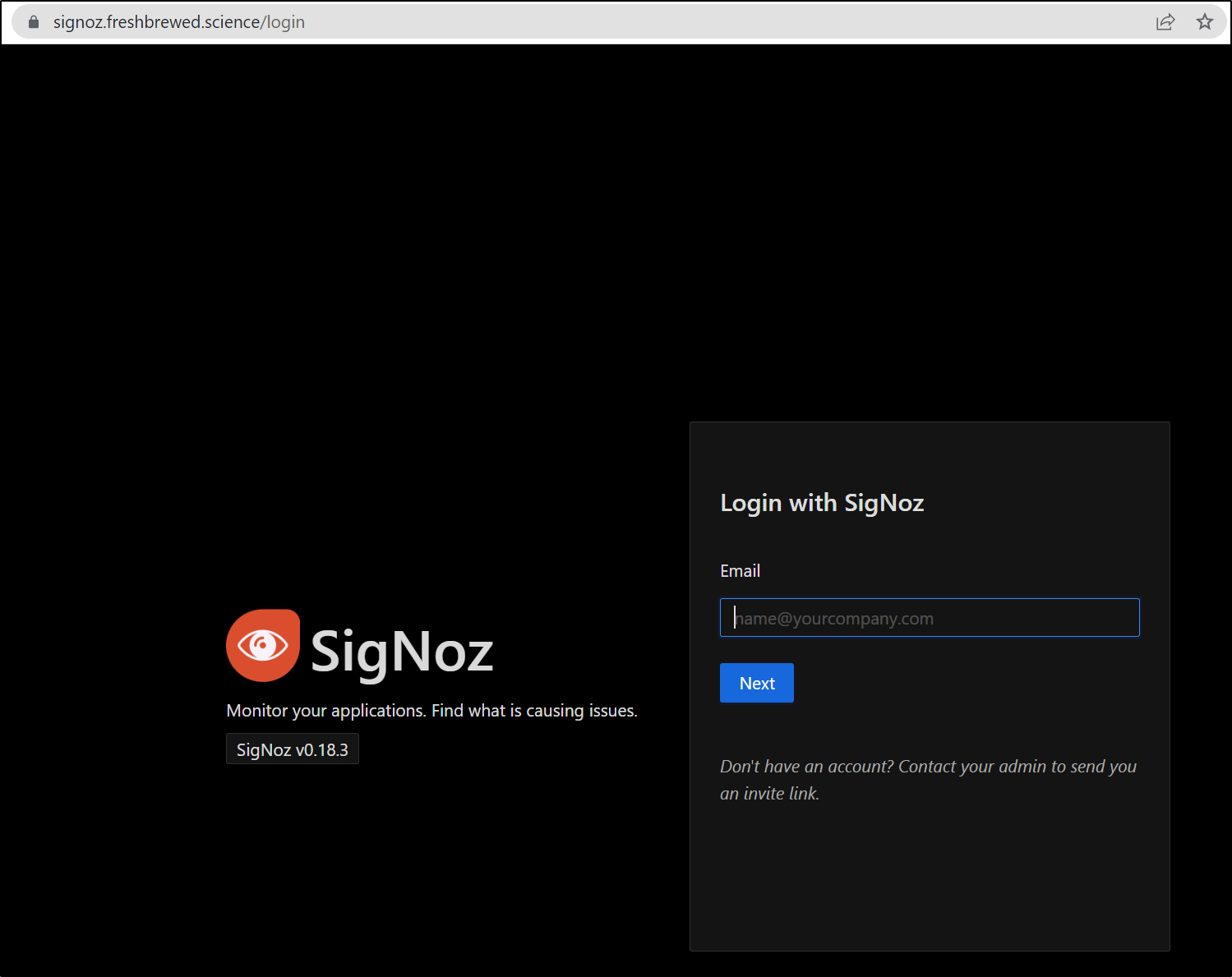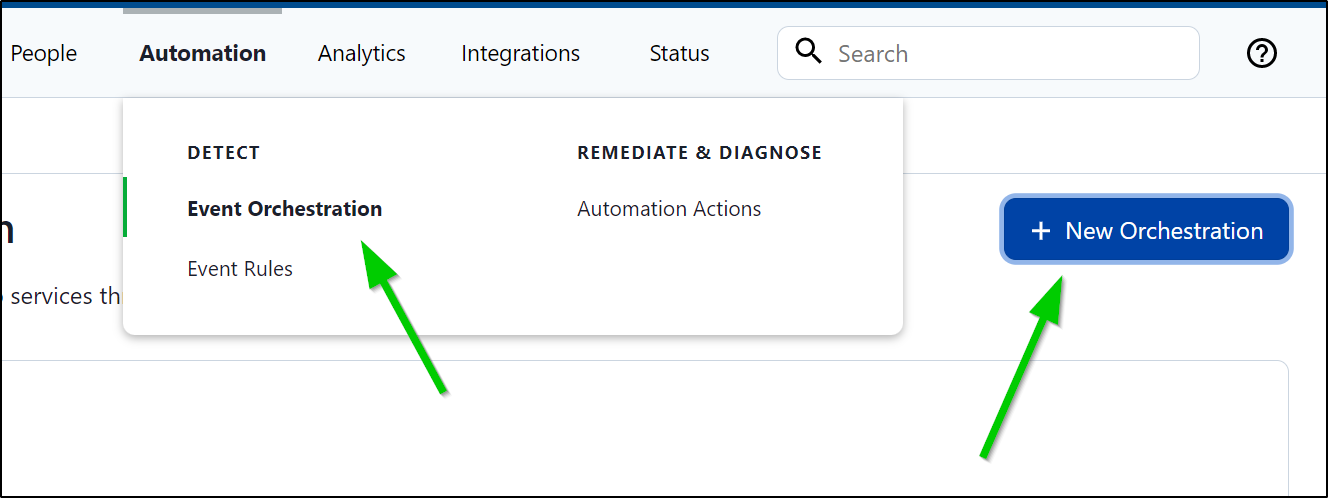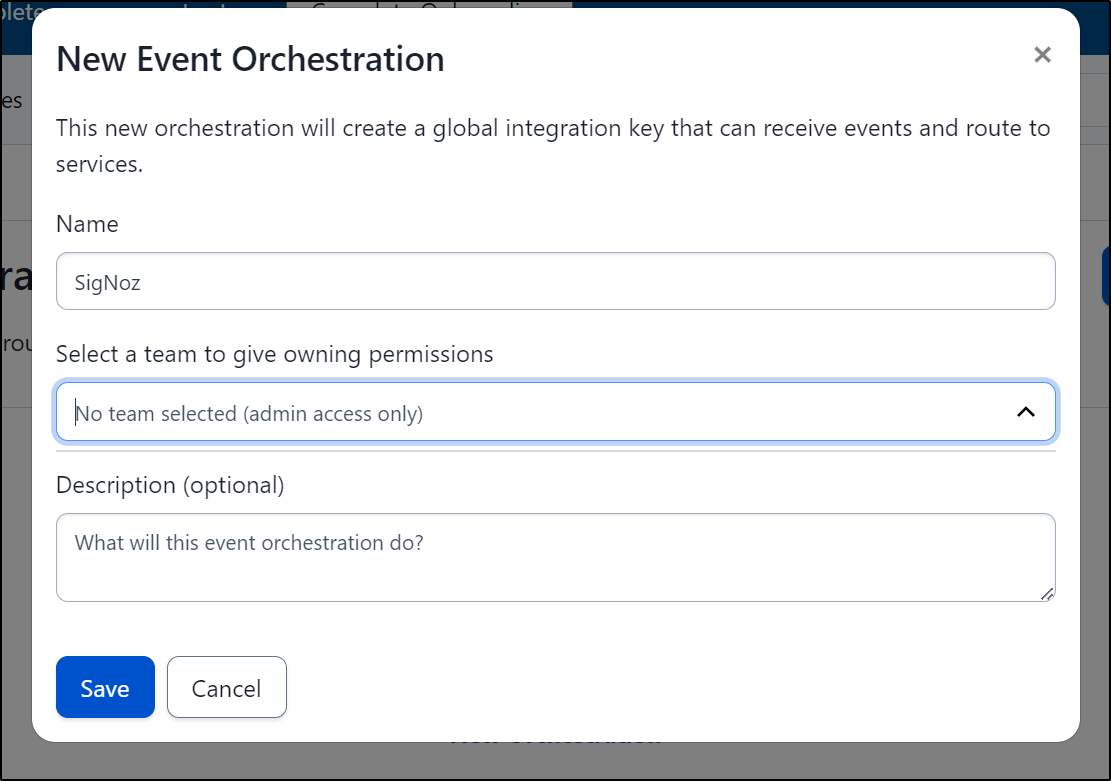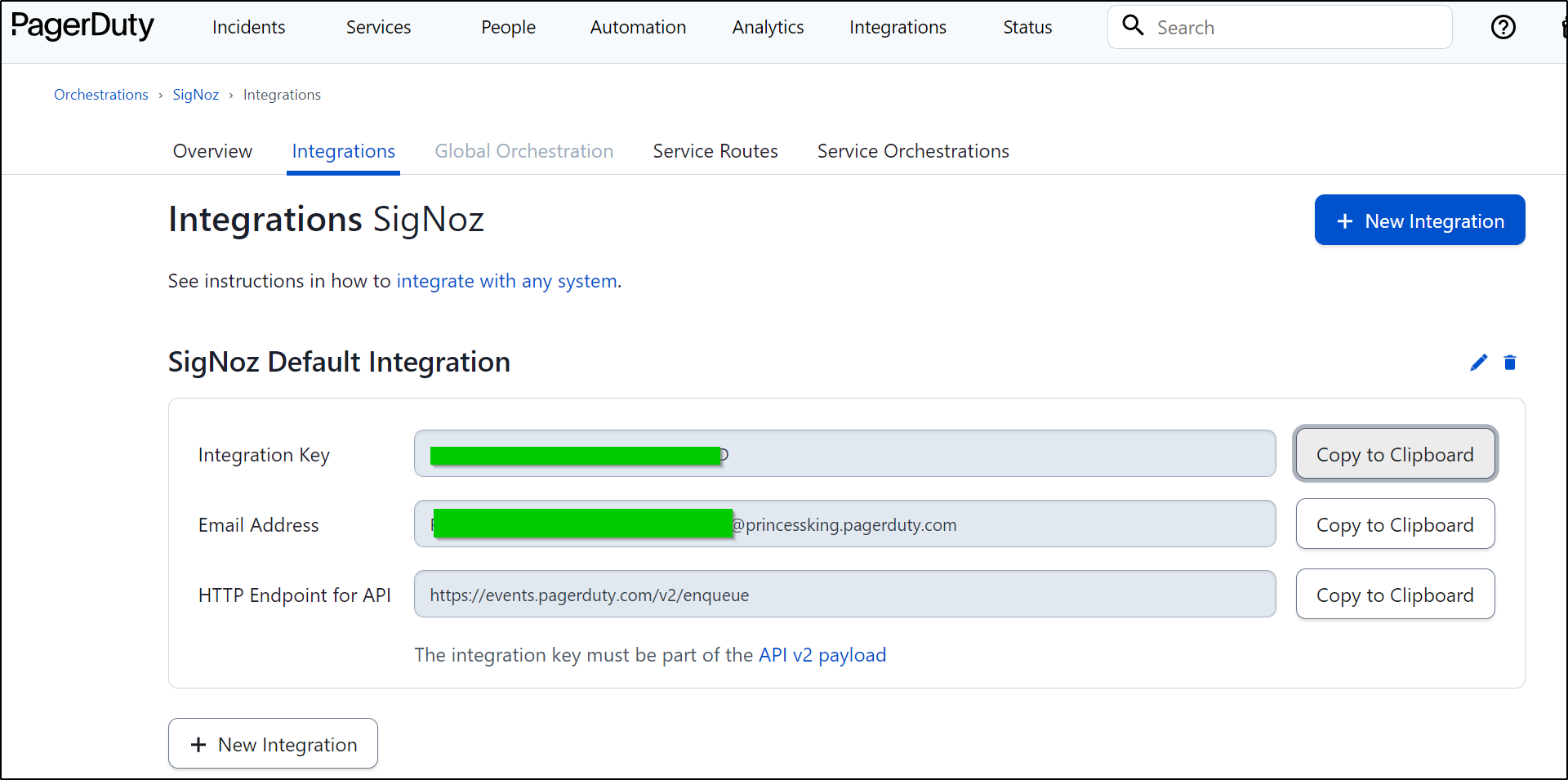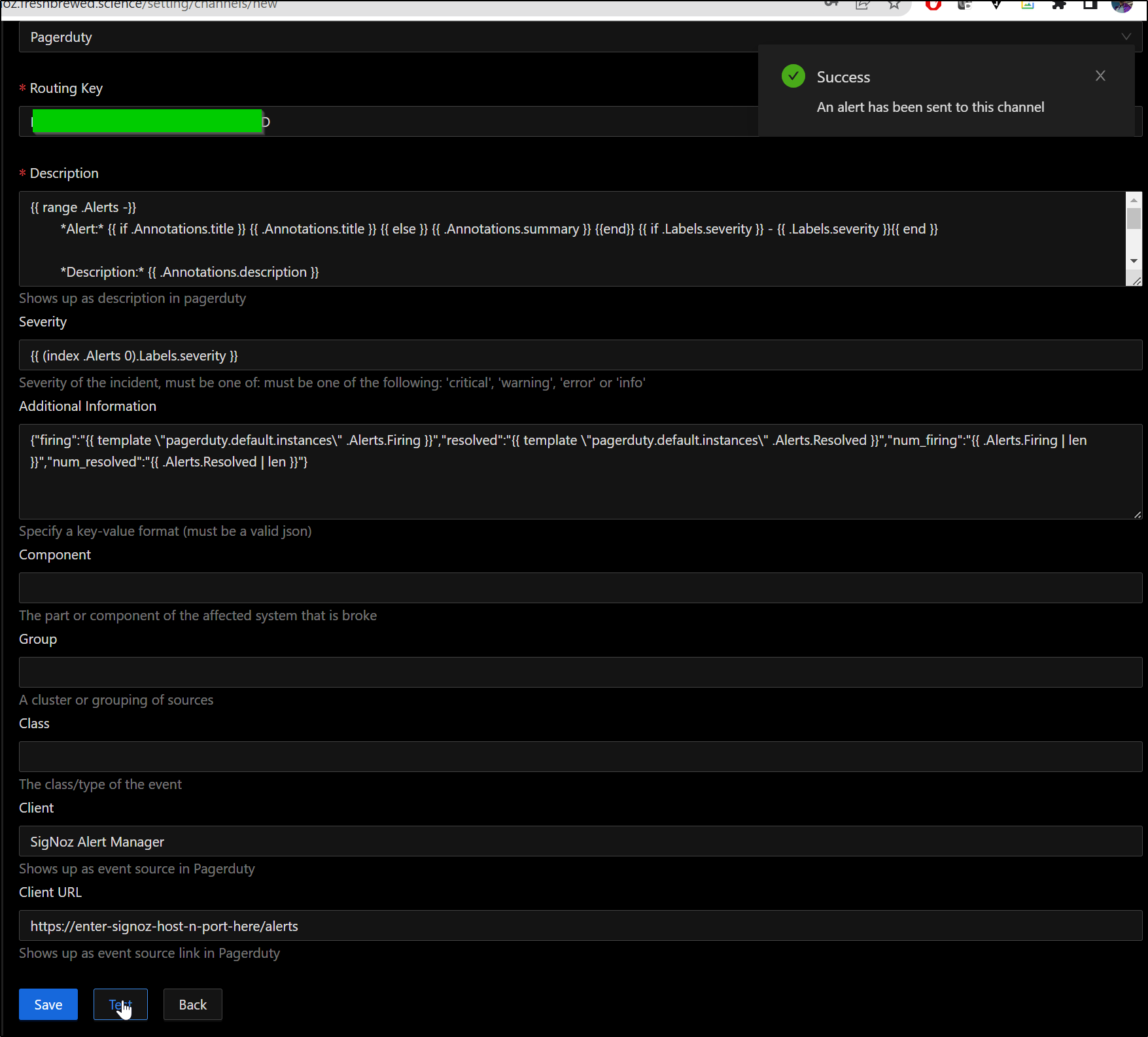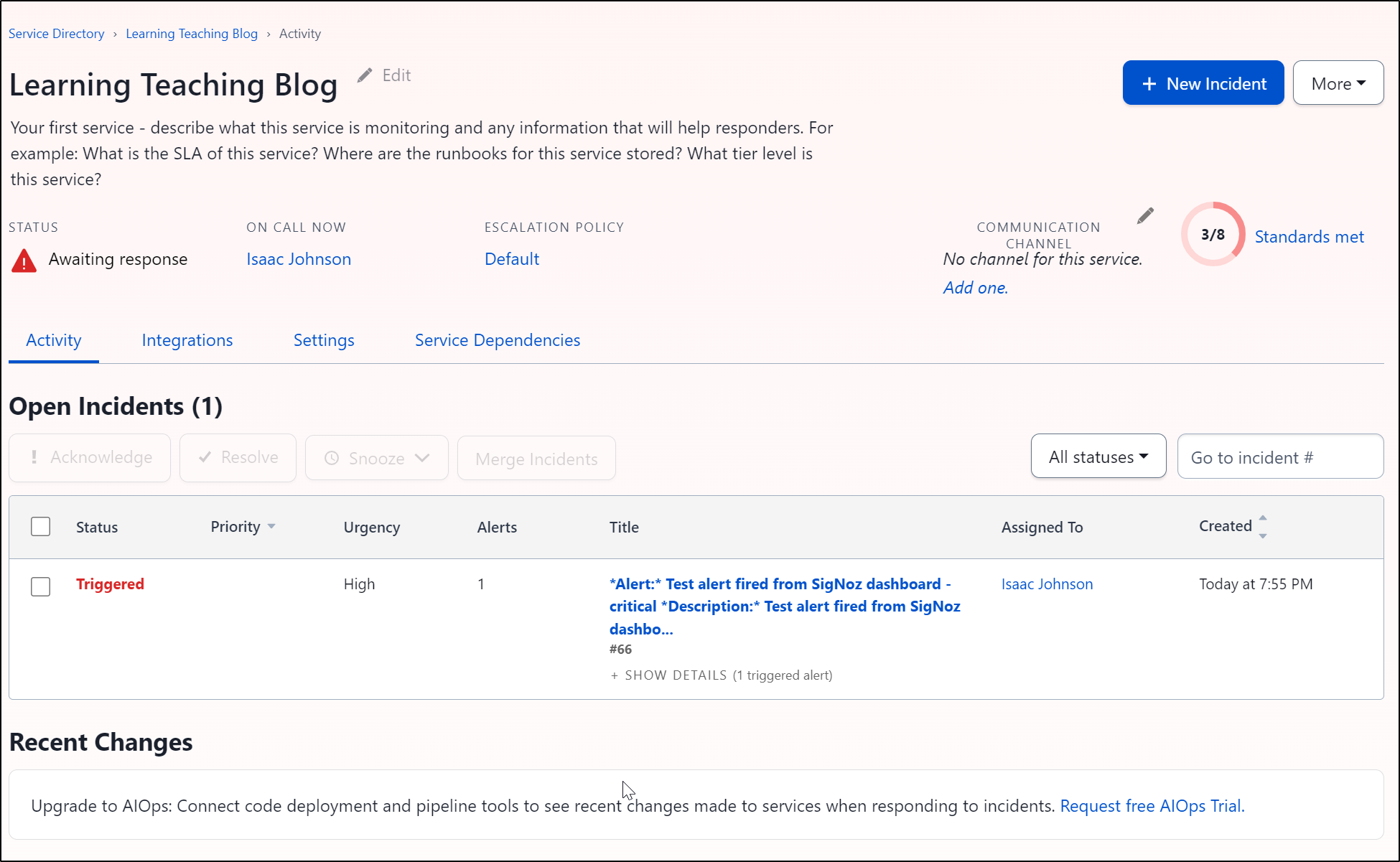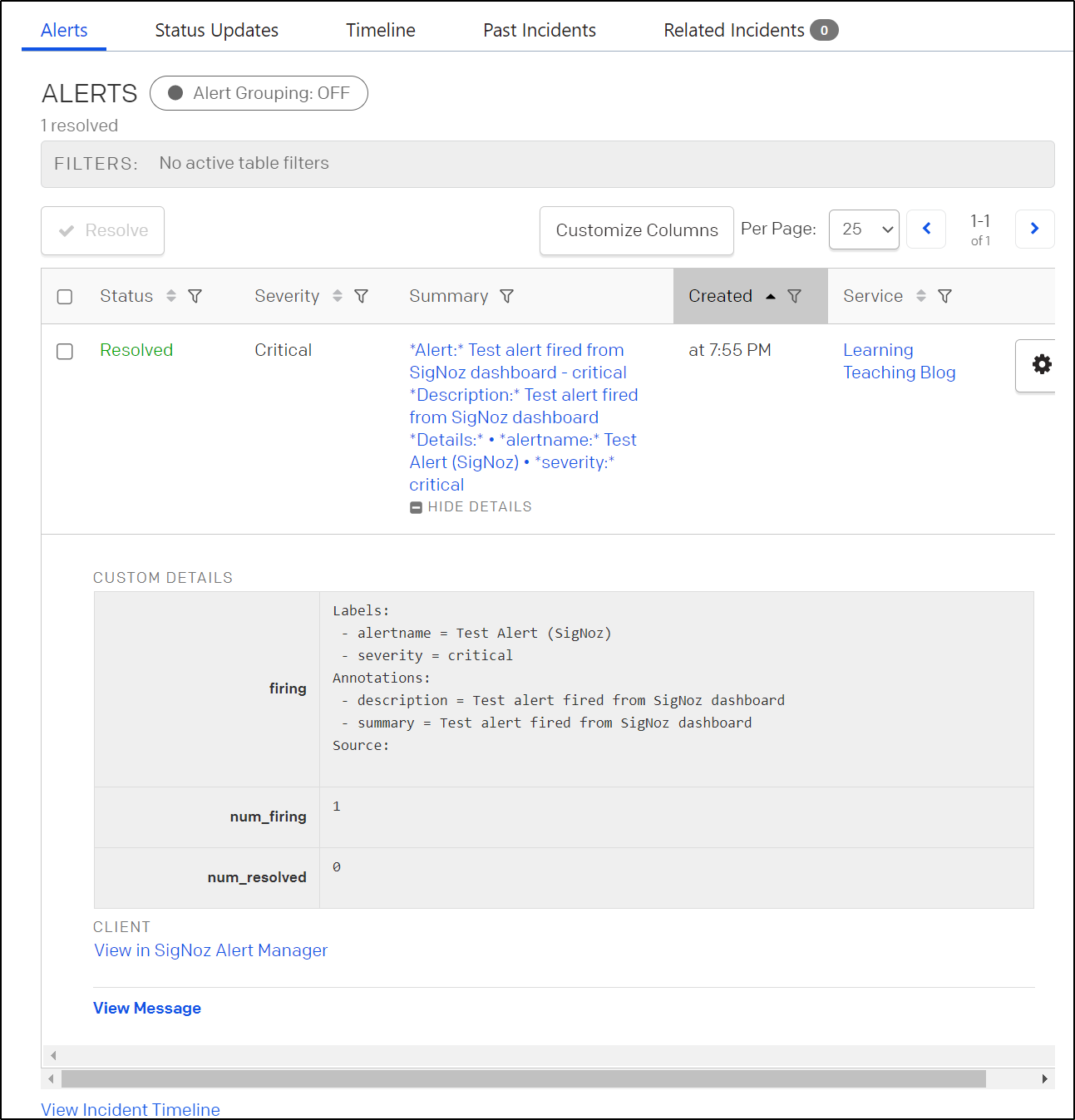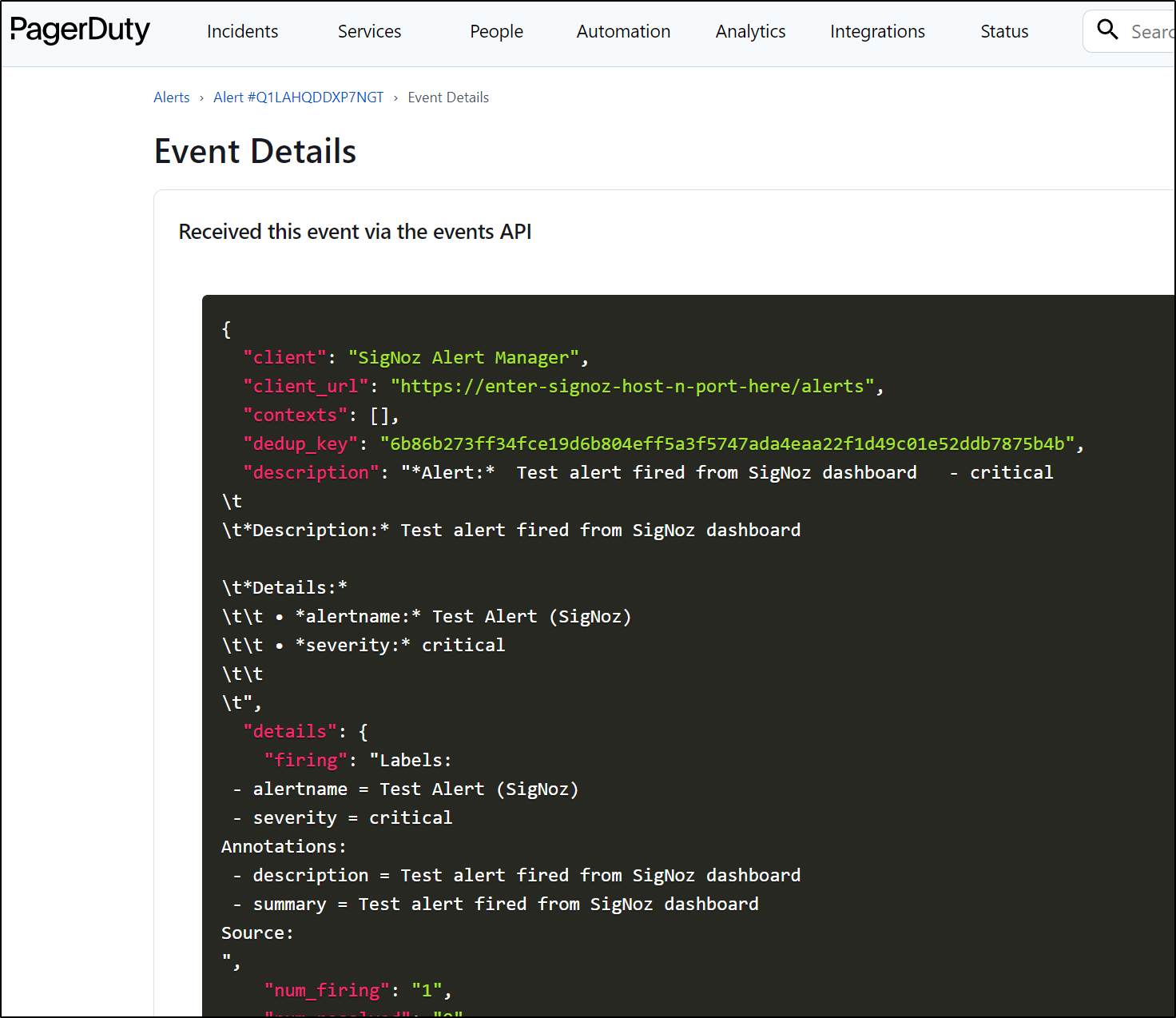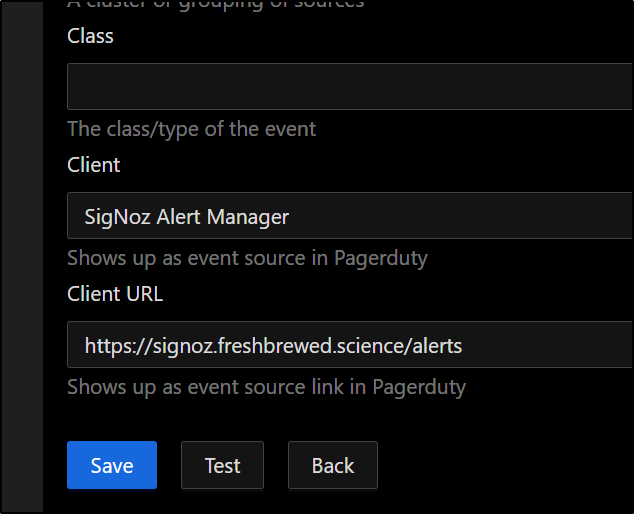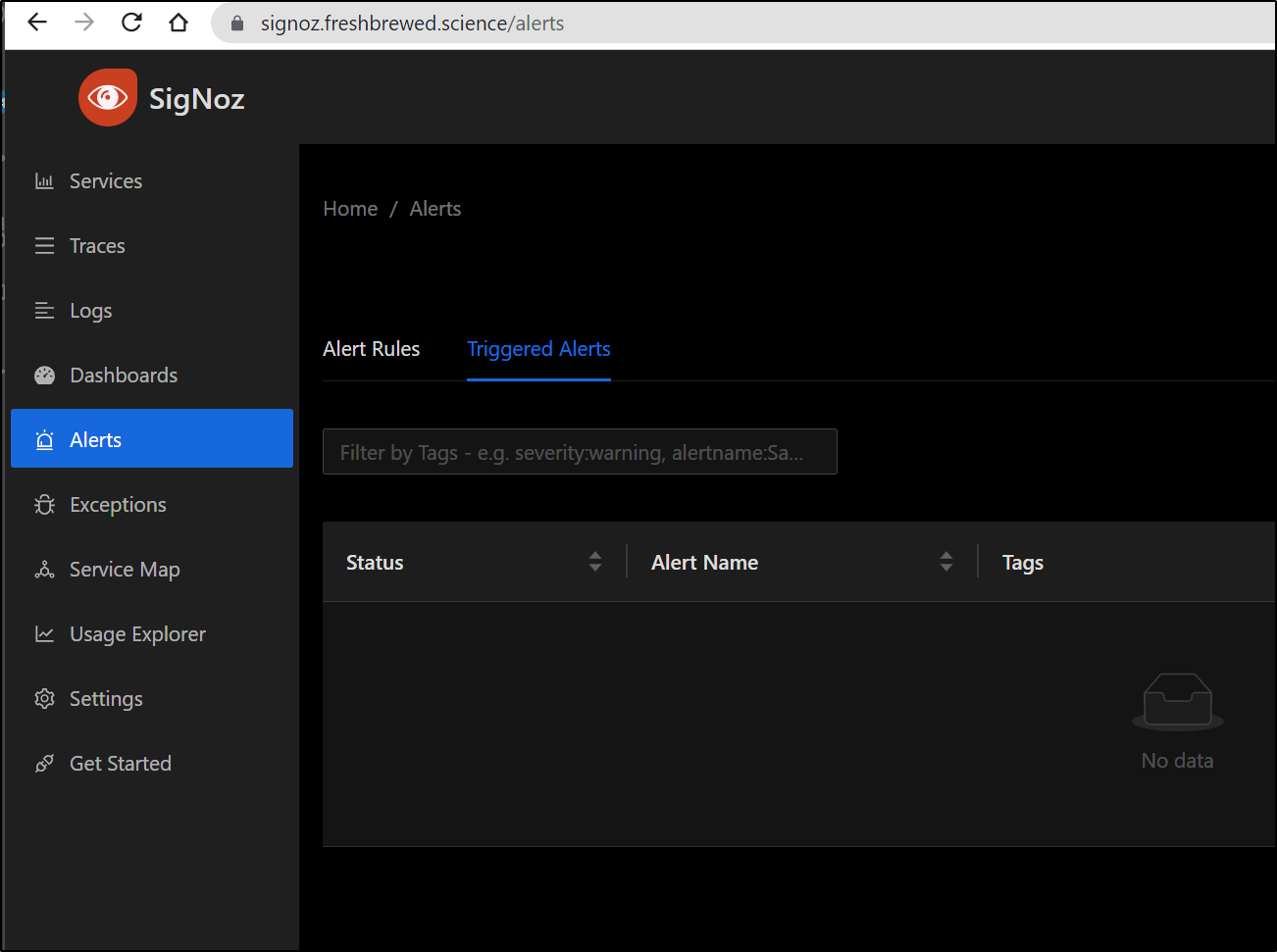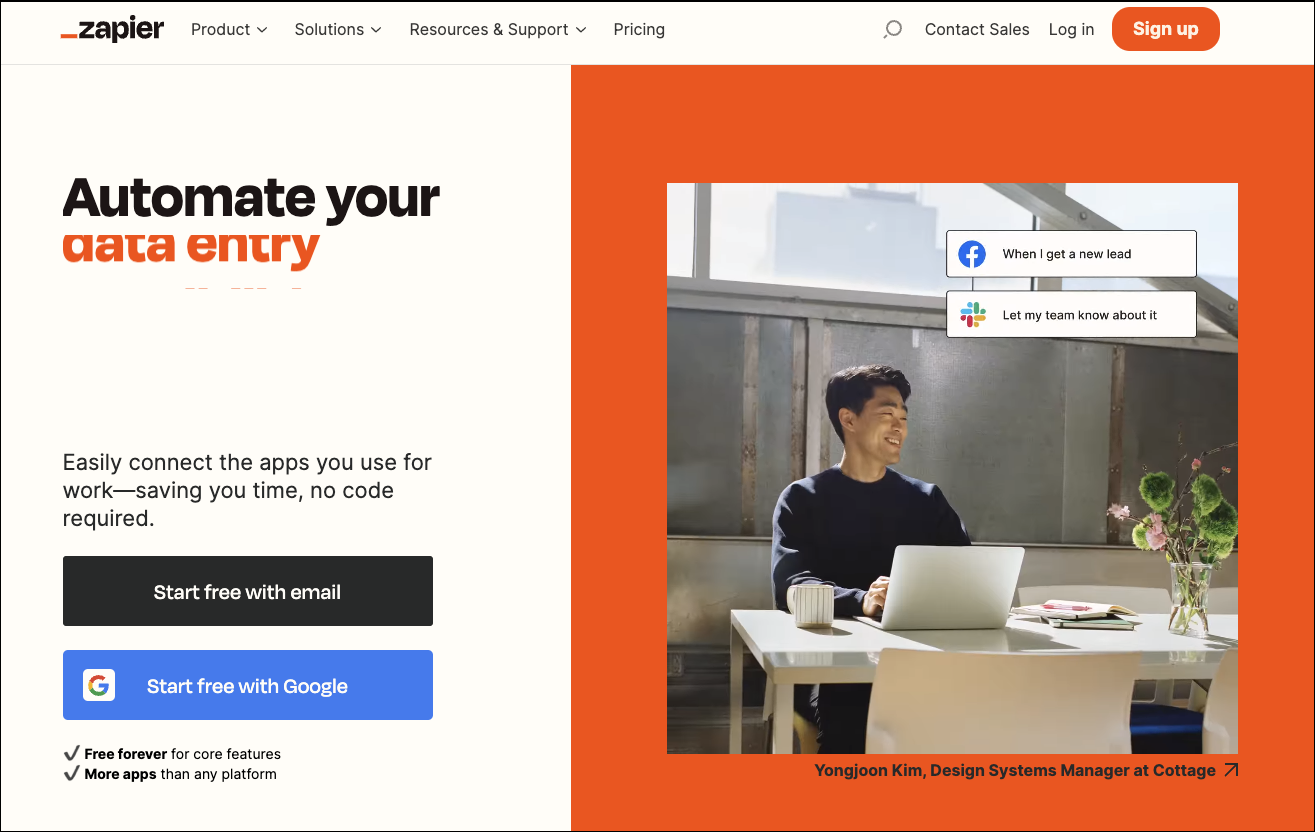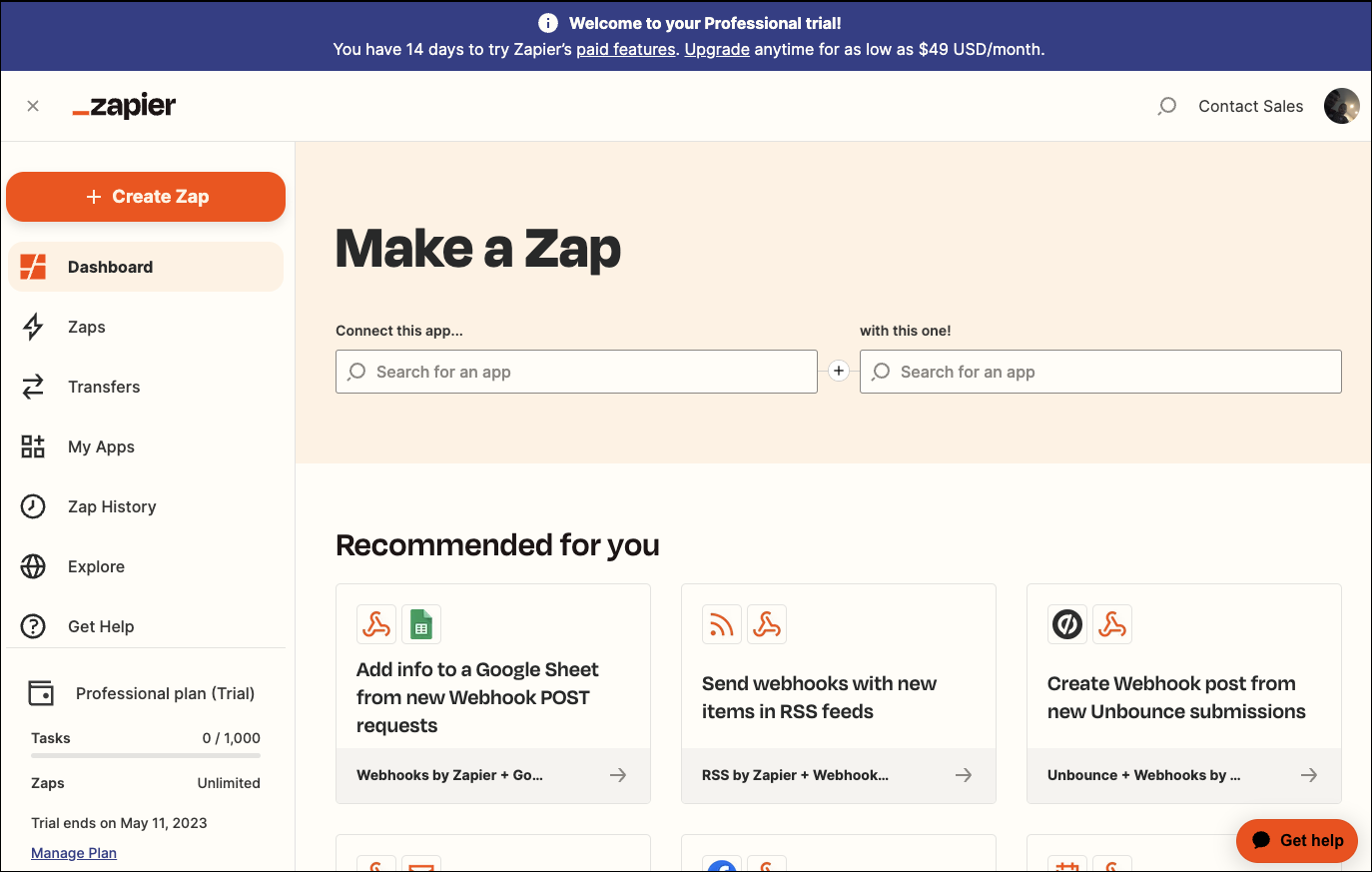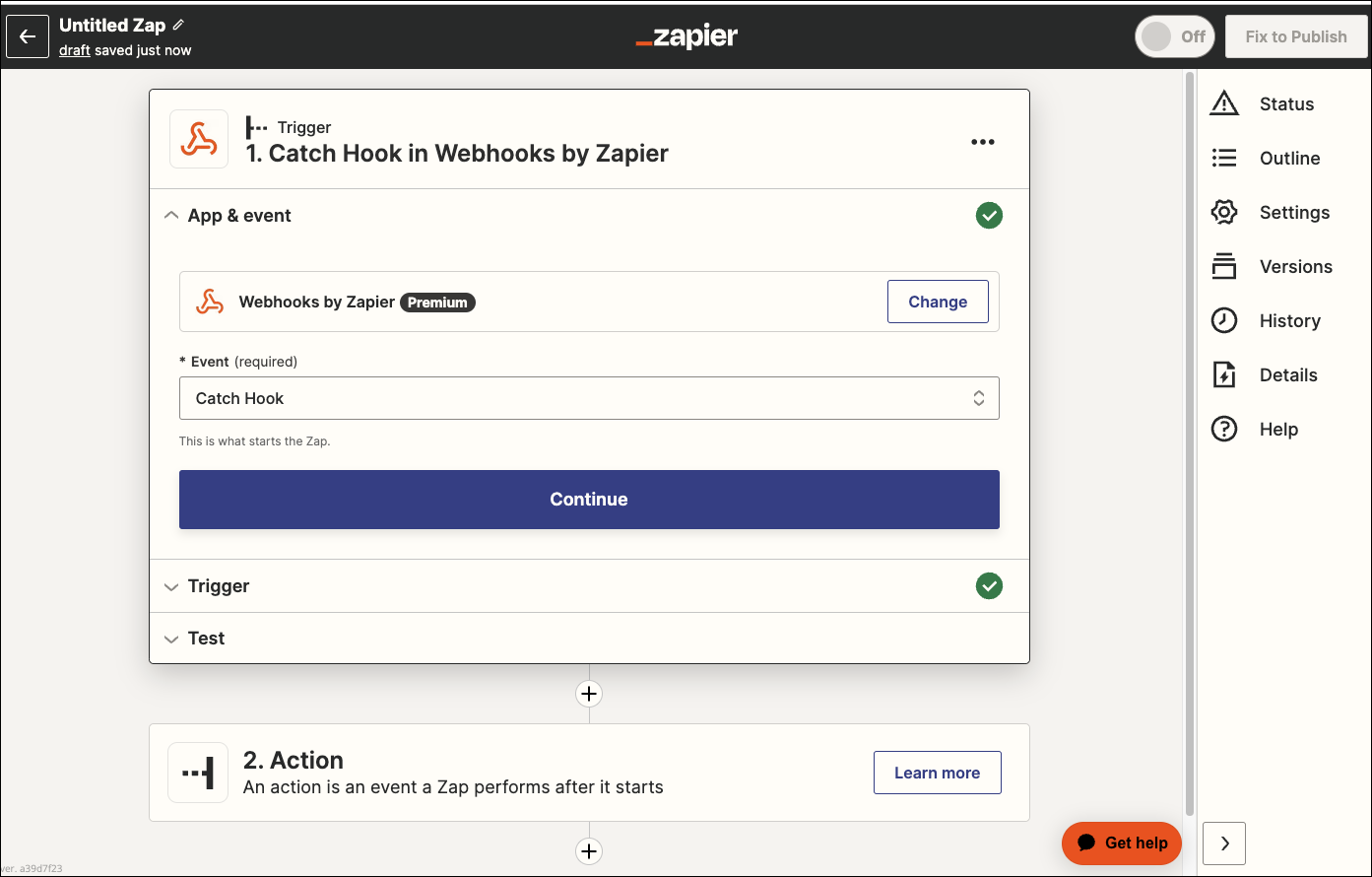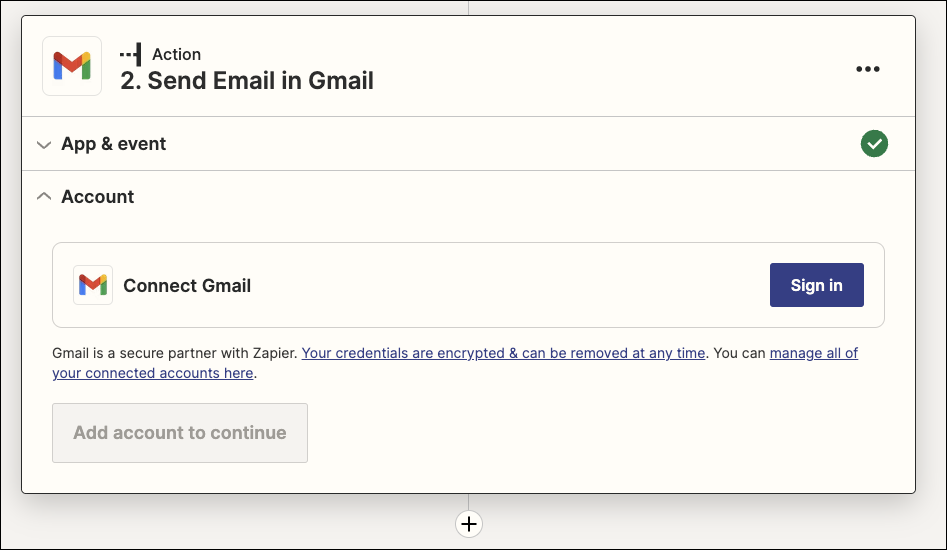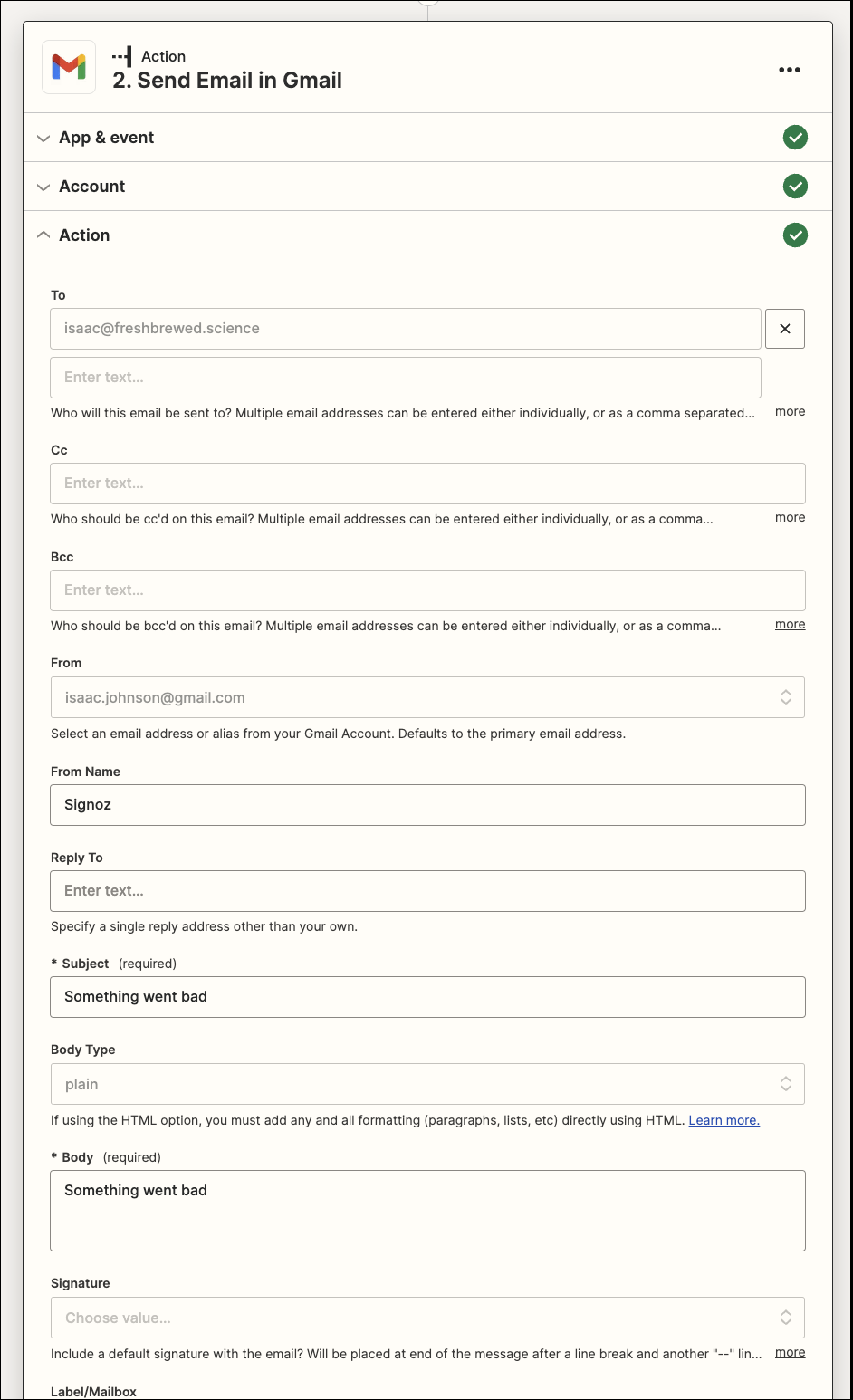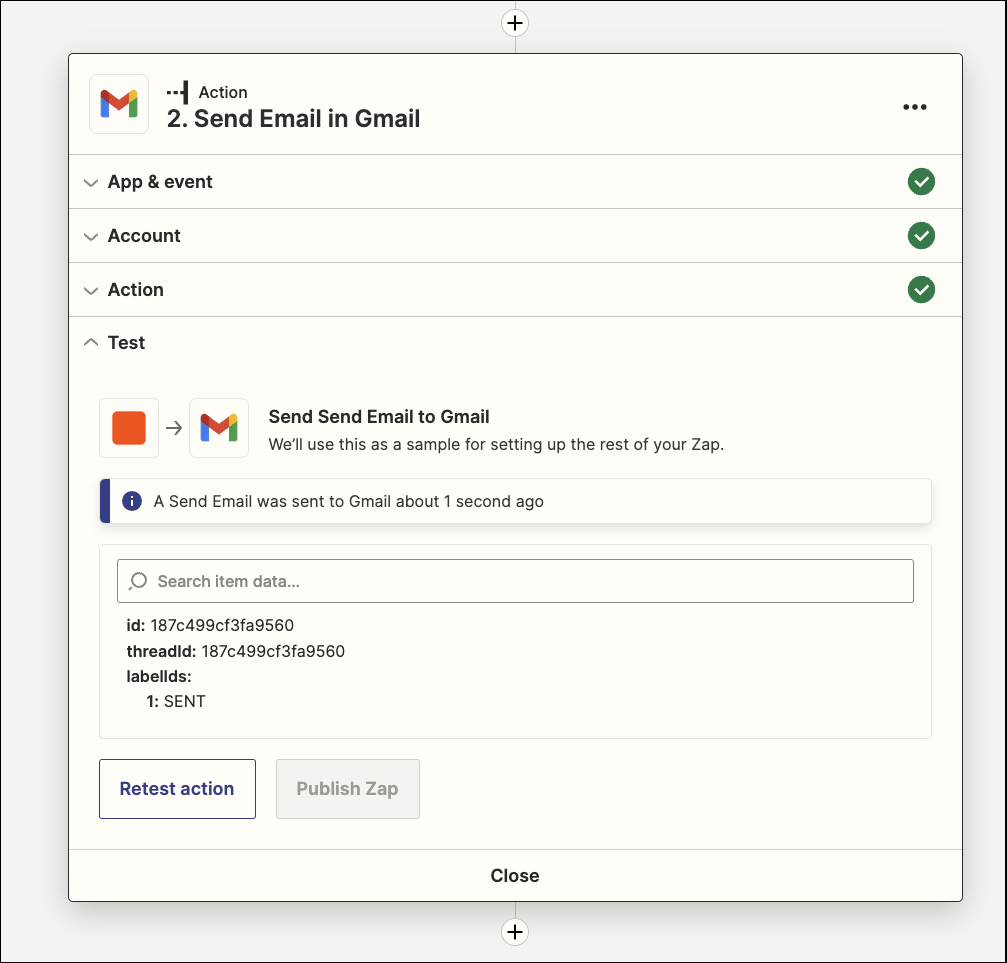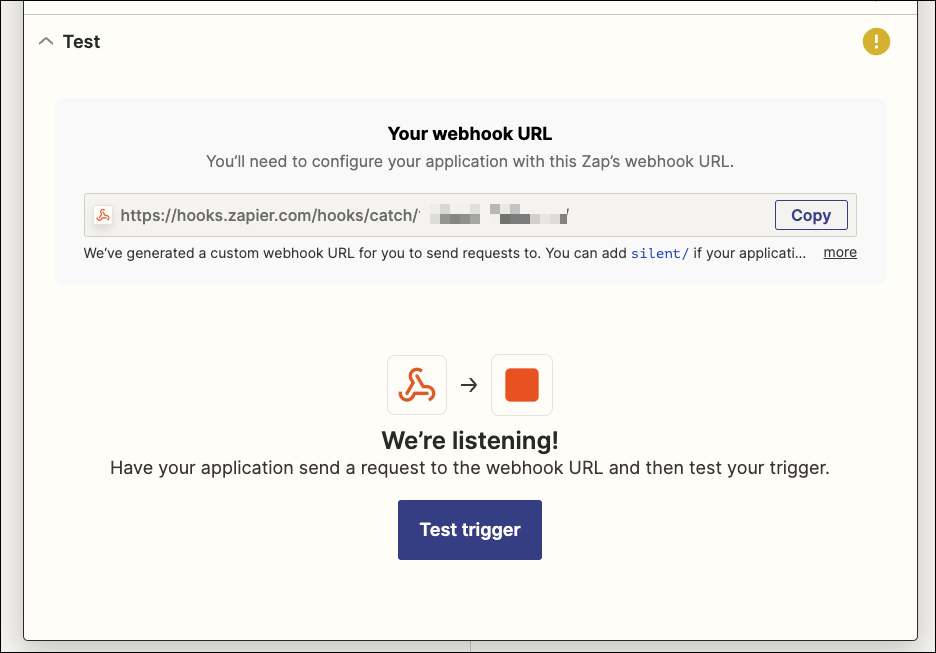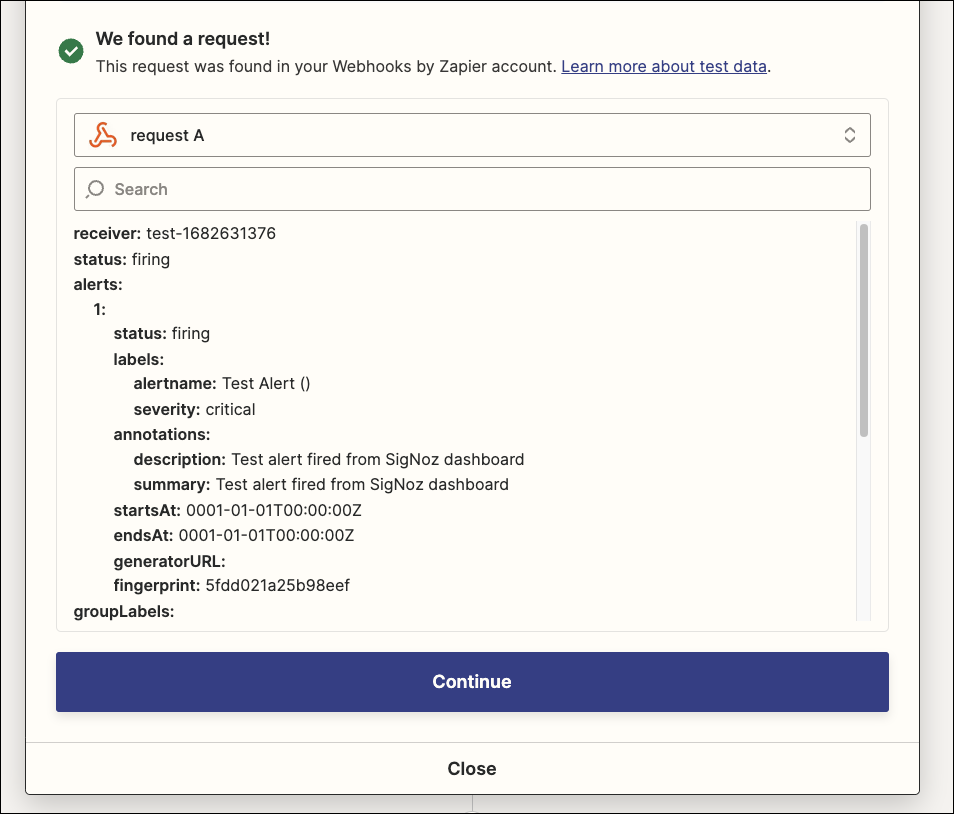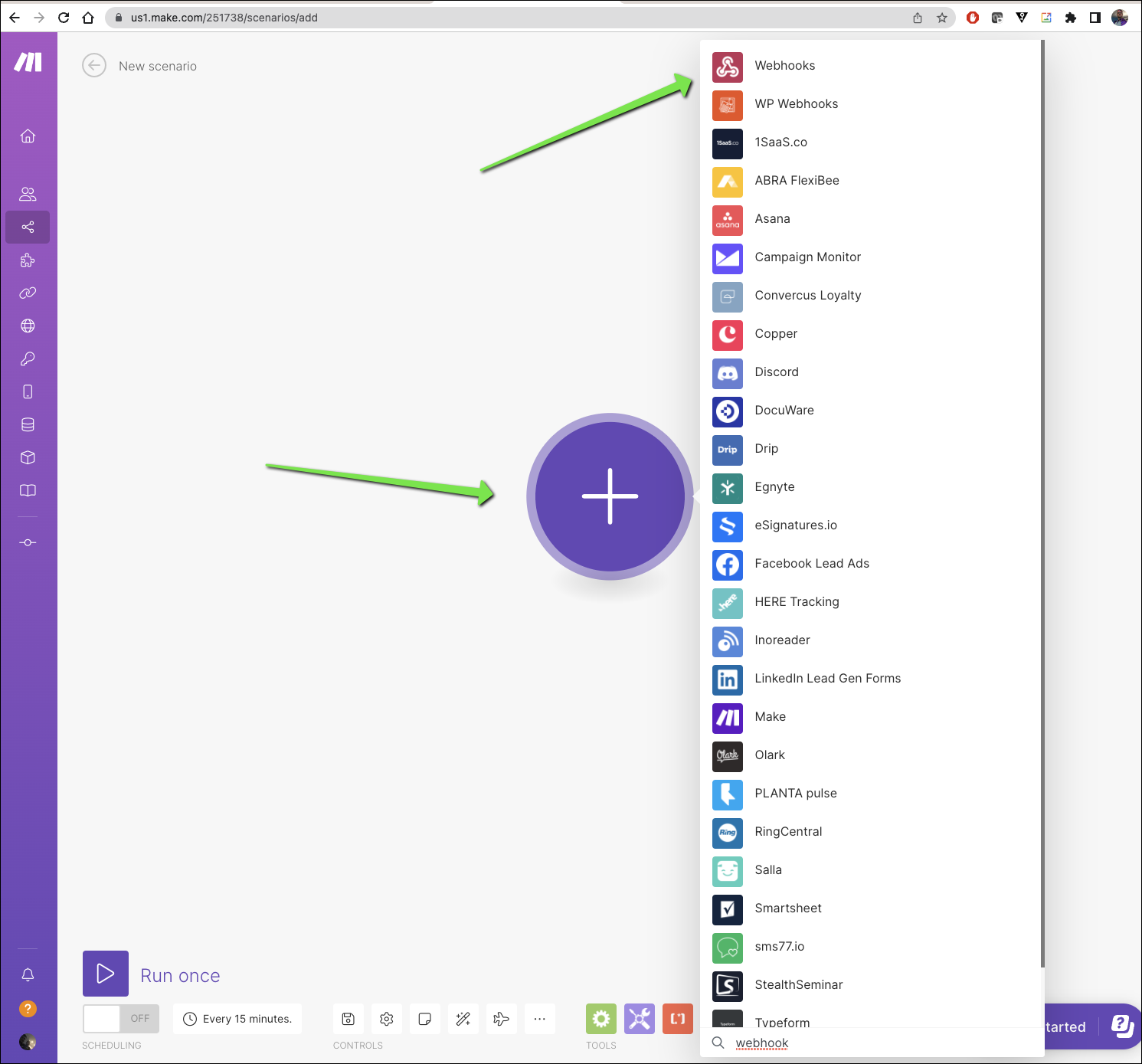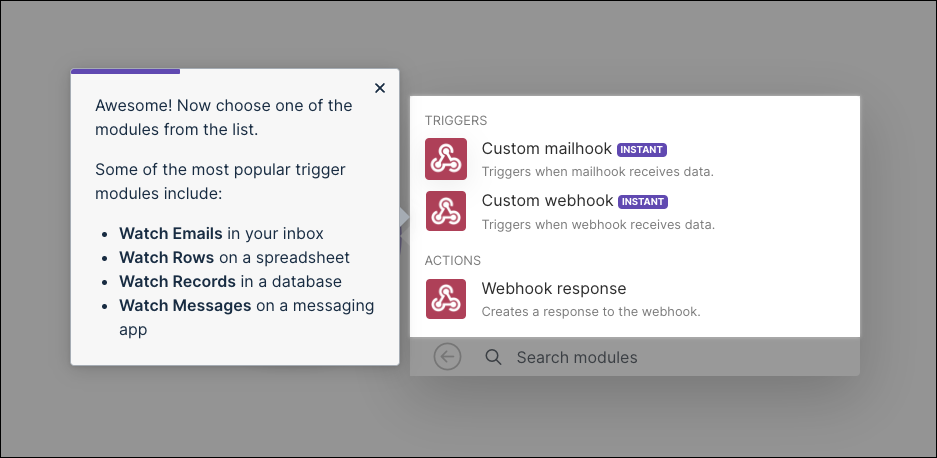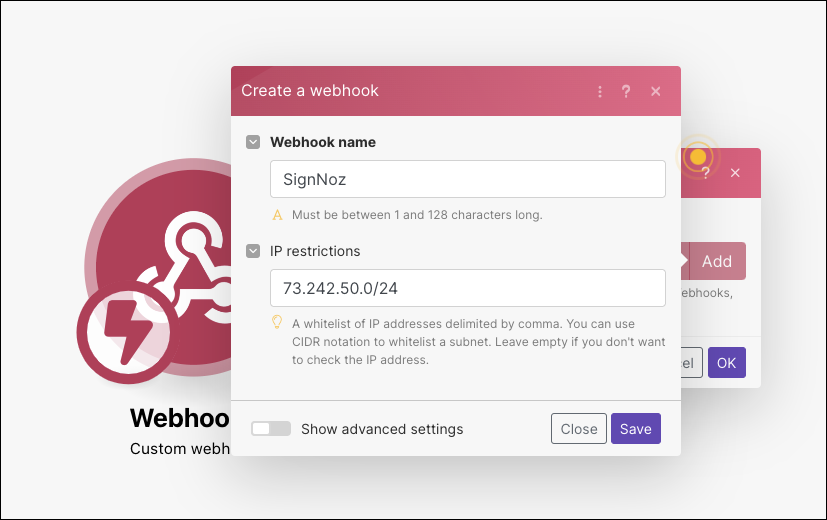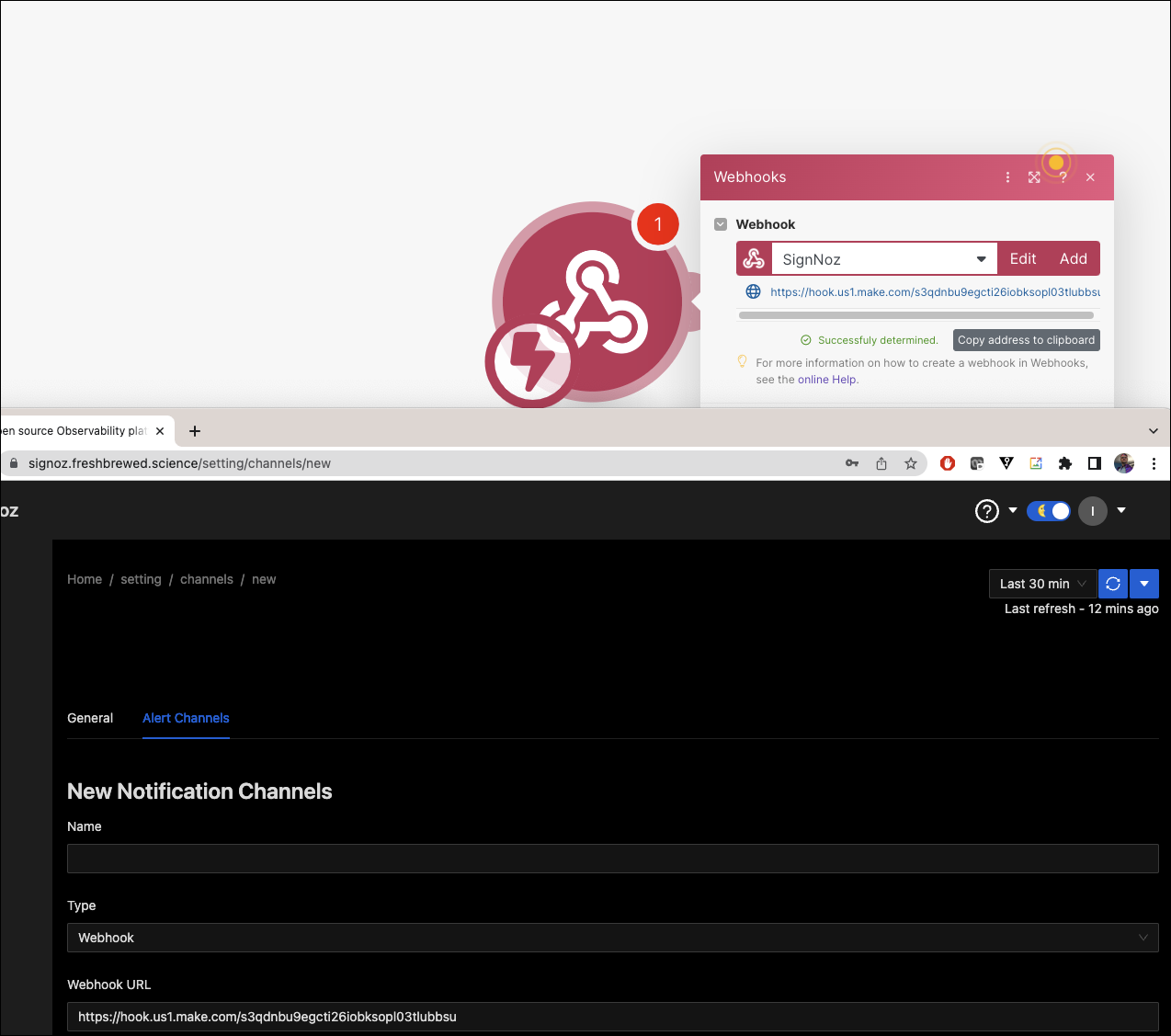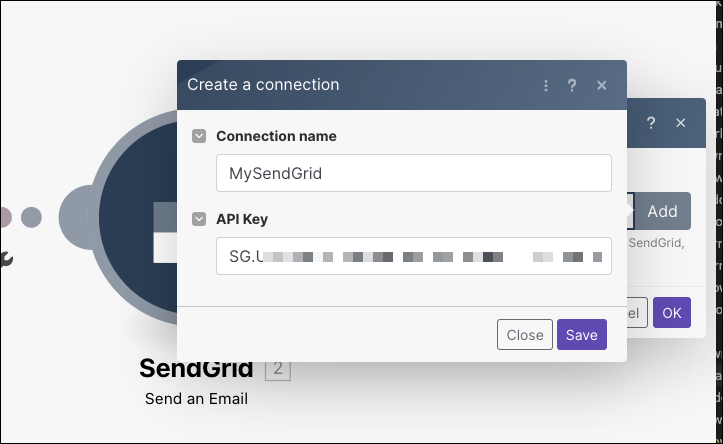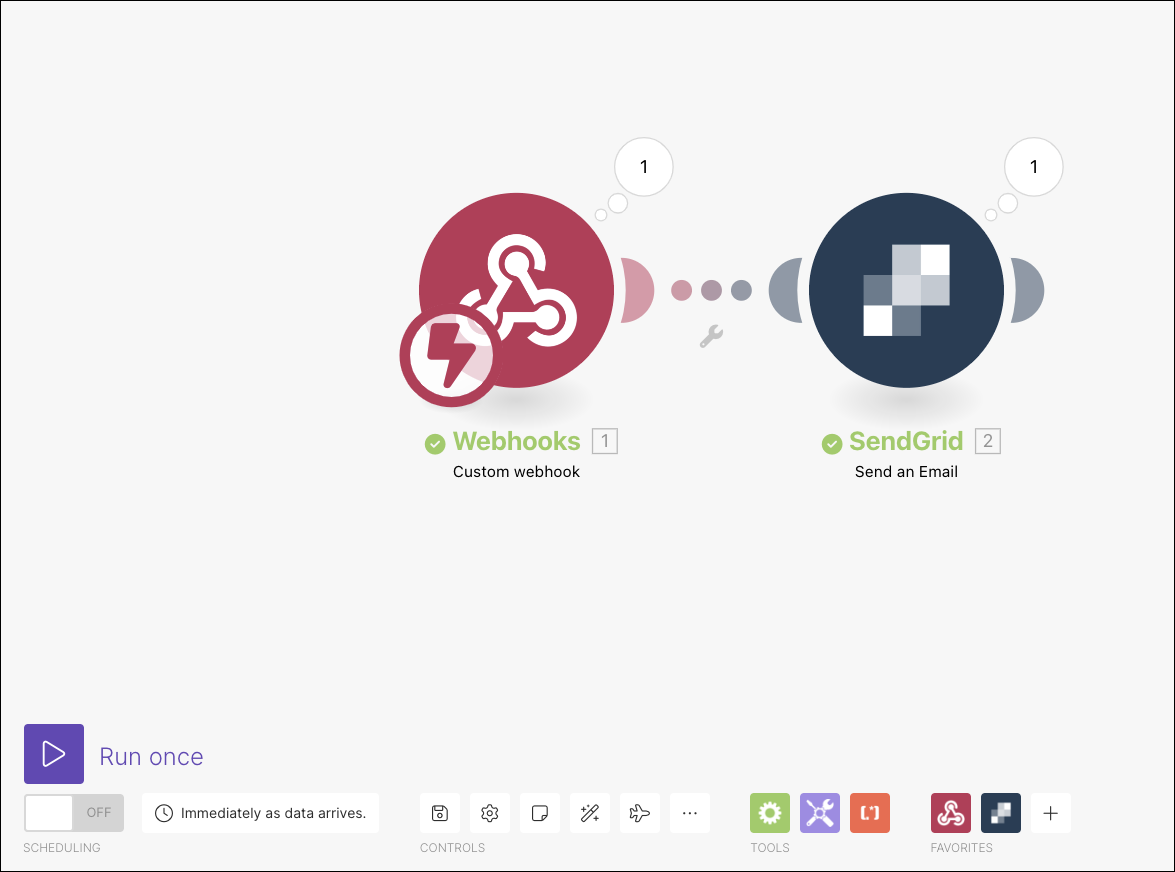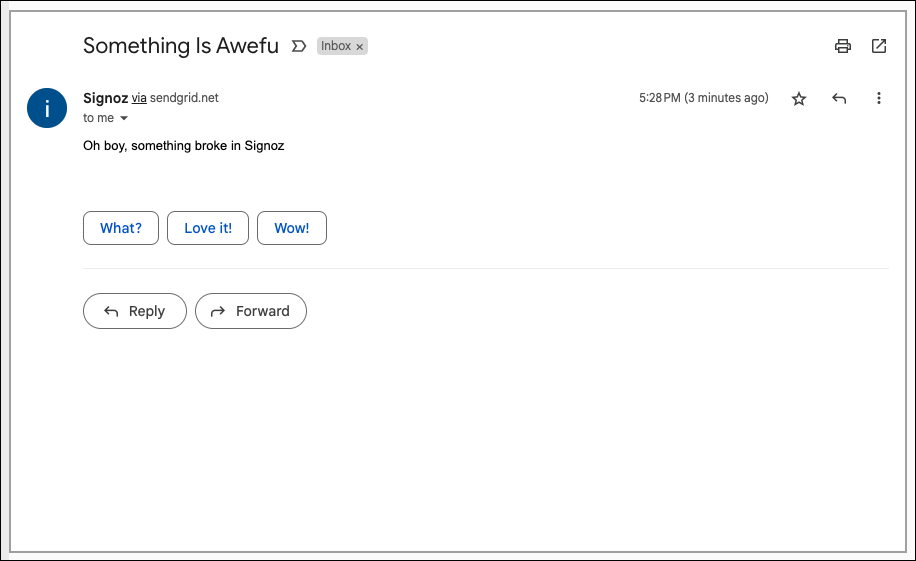Published: Apr 27, 2023 by Isaac Johnson
In the last post, we focused on setting up a simple SigNoz system in the test cluster and trying Slack alert channels. Today, we’ll launch SigNoz in the main on-prem cluster, configure Ingress with proper DNS and TLS, and set up alerts. For alerts, we’ll configure and test Pagerduty and Webhooks by way of Zappier and Make.
Setting up Production on-prem
First, I need to get my default storage class:
$ kubectl get sc
NAME PROVISIONER RECLAIMPOLICY VOLUMEBINDINGMODE ALLOWVOLUMEEXPANSION AGE
nfs cluster.local/nfs-server-provisioner-1658802767 Delete Immediate true 274d
managed-nfs-storage (default) fuseim.pri/ifs Delete Immediate true 274d
local-path (default) rancher.io/local-path Delete WaitForFirstConsumer false 274d
That’s a problem. We shouldn’t have two.
Let’s eliminate one;
$ kubectl patch storageclass local-path -p '{"metadata": {"annotations":{"storageclass.kubernetes.io/is-default-class":"false"}}}'
storageclass.storage.k8s.io/local-path patched
$ kubectl get sc
NAME PROVISIONER RECLAIMPOLICY VOLUMEBINDINGMODE ALLOWVOLUMEEXPANSION AGE
nfs cluster.local/nfs-server-provisioner-1658802767 Delete Immediate true 274d
managed-nfs-storage (default) fuseim.pri/ifs Delete Immediate true 274d
local-path rancher.io/local-path Delete WaitForFirstConsumer false 274d
I’ll now double check volume expansion is enabled
$ DEFAULT_STORAGE_CLASS=$(kubectl get storageclass -o=jsonpath='{.items[?(@.metadata.annotations.storageclass\.kubernetes\.io/is-default-class=="true")].metadata.name}')
$ echo $DEFAULT_STORAGE_CLASS
managed-nfs-storage
$ kubectl patch storageclass "$DEFAULT_STORAGE_CLASS" -p '{"allowVolumeExpansion": true}'
storageclass.storage.k8s.io/managed-nfs-storage patched (no change)
I’ll do a repo add and update
$ helm repo add signoz https://charts.signoz.io
"signoz" has been added to your repositories
$ helm repo update
Hang tight while we grab the latest from your chart repositories...
...Successfully got an update from the "metallb" chart repository
...Successfully got an update from the "c7n" chart repository
...Successfully got an update from the "longhorn" chart repository
...Successfully got an update from the "cribl" chart repository
...Successfully got an update from the "actions-runner-controller" chart repository
...Successfully got an update from the "adwerx" chart repository
...Successfully got an update from the "lifen-charts" chart repository
...Successfully got an update from the "novum-rgi-helm" chart repository
...Successfully got an update from the "hashicorp" chart repository
...Successfully got an update from the "ingress-nginx" chart repository
...Successfully got an update from the "signoz" chart repository
...Successfully got an update from the "rook-release" chart repository
...Successfully got an update from the "kubecost" chart repository
...Successfully got an update from the "harbor" chart repository
...Successfully got an update from the "istio" chart repository
...Successfully got an update from the "rancher-stable" chart repository
...Successfully got an update from the "datadog" chart repository
...Successfully got an update from the "jenkins" chart repository
...Successfully got an update from the "argo-cd" chart repository
...Successfully got an update from the "gitlab" chart repository
...Successfully got an update from the "grafana" chart repository
...Successfully got an update from the "bitnami" chart repository
...Successfully got an update from the "stable" chart repository
Update Complete. ⎈Happy Helming!⎈
I’ll now install with Helm. I could do Ingress setup here, but I’ll handle that separately
$ helm --namespace platform install signoz-release signoz/signoz --create-namespace
coalesce.go:162: warning: skipped value for initContainers: Not a table.
NAME: signoz-release
LAST DEPLOYED: Wed Apr 26 18:11:26 2023
NAMESPACE: platform
STATUS: deployed
REVISION: 1
NOTES:
1. You have just deployed SigNoz cluster:
- frontend version: '0.18.3'
- query-service version: '0.18.3'
- alertmanager version: '0.23.0-0.2'
- otel-collector version: '0.66.7'
- otel-collector-metrics version: '0.66.7'
2. Get the application URL by running these commands:
export POD_NAME=$(kubectl get pods --namespace platform -l "app.kubernetes.io/name=signoz,app.kubernetes.io/instance=signoz-release,app.kubernetes.io/component=frontend" -o jsonpath="{.items[0].metadata.name}")
echo "Visit http://127.0.0.1:3301 to use your application"
kubectl --namespace platform port-forward $POD_NAME 3301:3301
If you have any ideas, questions, or any feedback, please share on our Github Discussions:
https://github.com/SigNoz/signoz/discussions/713
I expect it will take a few on a new cluster
$ kubectl get pods -n platform
NAME READY STATUS RESTARTS AGE
signoz-release-k8s-infra-otel-agent-ljncc 0/1 Running 0 18s
signoz-release-zookeeper-0 0/1 ContainerCreating 0 18s
signoz-release-clickhouse-operator-5c446459c8-hlr5t 0/2 ContainerCreating 0 18s
signoz-release-k8s-infra-otel-agent-4w76d 0/1 Running 0 17s
signoz-release-otel-collector-metrics-6995ffdbcd-9cjwl 0/1 Init:0/1 0 18s
signoz-release-otel-collector-8446ff94db-plqgb 0/1 Init:0/1 0 18s
signoz-release-frontend-574f4c7f5-vgtbx 0/1 Init:0/1 0 18s
signoz-release-query-service-0 0/1 Init:0/1 0 18s
signoz-release-alertmanager-0 0/1 Init:0/1 0 18s
signoz-release-k8s-infra-otel-deployment-577d4bc7f8-k5tlv 0/1 Running 0 18s
signoz-release-k8s-infra-otel-agent-qjp22 0/1 Running 0 17s
signoz-release-k8s-infra-otel-agent-sgpq5 0/1 Running 0 17s
$ kubectl get pods -n platform
NAME READY STATUS RESTARTS AGE
signoz-release-k8s-infra-otel-agent-4w76d 1/1 Running 0 4m55s
signoz-release-k8s-infra-otel-agent-ljncc 1/1 Running 0 4m56s
signoz-release-clickhouse-operator-5c446459c8-hlr5t 2/2 Running 0 4m56s
signoz-release-k8s-infra-otel-agent-qjp22 1/1 Running 0 4m55s
signoz-release-k8s-infra-otel-deployment-577d4bc7f8-k5tlv 1/1 Running 0 4m56s
signoz-release-zookeeper-0 1/1 Running 0 4m56s
signoz-release-k8s-infra-otel-agent-sgpq5 1/1 Running 0 4m55s
chi-signoz-release-clickhouse-cluster-0-0-0 1/1 Running 0 4m20s
signoz-release-query-service-0 1/1 Running 0 4m56s
signoz-release-otel-collector-metrics-6995ffdbcd-9cjwl 1/1 Running 0 4m56s
signoz-release-otel-collector-8446ff94db-plqgb 1/1 Running 0 4m56s
signoz-release-frontend-574f4c7f5-vgtbx 1/1 Running 0 4m56s
signoz-release-alertmanager-0 1/1 Running 0 4m56s
I can now port-forward to the frontend and sign-in with my admin account
$ kubectl --namespace platform port-forward svc/`kubectl get svc --namespace platform -l "app.kubernetes.io/component=frontend" -o jsonpath="{.items[0].metadata.name}"` 3301:3301
Forwarding from 127.0.0.1:3301 -> 3301
Forwarding from [::1]:3301 -> 3301
Handling connection for 3301
Handling connection for 3301
Let’s add some Ingress next
$ cat r53-signoz.json
{
"Comment": "CREATE signoz fb.s A record ",
"Changes": [
{
"Action": "CREATE",
"ResourceRecordSet": {
"Name": "signoz.freshbrewed.science",
"Type": "A",
"TTL": 300,
"ResourceRecords": [
{
"Value": "73.242.50.46"
}
]
}
}
]
}
$ aws route53 change-resource-record-sets --hosted-zone-id Z39E8QFU0F9PZP --change-batch file://r53-signoz.json
{
"ChangeInfo": {
"Id": "/change/C01482562FU2Y7S43TH2H",
"Status": "PENDING",
"SubmittedAt": "2023-04-26T23:35:48.136Z",
"Comment": "CREATE signoz fb.s A record "
}
}
Now I’ll apply the ingress
$ cat signoz.ingress.yaml
apiVersion: networking.k8s.io/v1
kind: Ingress
metadata:
annotations:
cert-manager.io/cluster-issuer: letsencrypt-prod
ingress.kubernetes.io/proxy-body-size: "0"
ingress.kubernetes.io/ssl-redirect: "true"
kubernetes.io/ingress.class: nginx
nginx.ingress.kubernetes.io/proxy-body-size: "0"
nginx.ingress.kubernetes.io/proxy-read-timeout: "600"
nginx.ingress.kubernetes.io/proxy-send-timeout: "600"
nginx.ingress.kubernetes.io/ssl-redirect: "true"
nginx.org/client-max-body-size: "0"
nginx.org/proxy-connect-timeout: "600"
nginx.org/proxy-read-timeout: "600"
labels:
app.kubernetes.io/name: signoz
name: signoz
namespace: platform
spec:
rules:
- host: signoz.freshbrewed.science
http:
paths:
- backend:
service:
name: signoz-release-frontend
port:
number: 3301
path: /
pathType: ImplementationSpecific
tls:
- hosts:
- signoz.freshbrewed.science
secretName: signoz-tls
$ kubectl apply -f signoz.ingress.yaml -n platform
ingress.networking.k8s.io/signoz created
Now I can login
PagerDuty Alerts
I’ll need to create a new Event Orchestration in Automation
Give the Event Orchestration a name and save
While we can get the Integration key here, we need to tie it to a service
From there I can route incoming events to a service
I can put the “Integration Key” into the “Routing Key” field in a new Pagerduty notification area and click Test to test
And I can see it triggered
I can see details of the event in Pagerduty
I can “View Message” at the bottom for even more details
So I’ll update the Client URL for my host
Which, if I had a real triggered alert, we would see details
Webhooks
One of the areas we wanted to improve was creating some form of email alerts.
Today, we’ll look at two offerings with a free or cheap tier; Zappier and Make (formerly Integromat)
Zappier
We can login or signup for Zappier
From there, I can make a new “Zap”
We can then use one of the “Catch Hook” in Webhooks
for the action, we can use an email system like Gmail
I’ll need to “Connect” it via “Sign In”
Once we auth and approve it, we can now set many of the fields
When ready, I can click “Test”
And see I got an email
Now I can test the trigger
I can now add that in a new Alert Channel - Webhook. Then click test
And we can see the response
Make (Integromat)
We can sign up at make
Once signed up, we are presented with a dashboard
I can create a new scenario and select webhooks
I’ll want to select a trigger of “custom webhook”
I’ll click Add and give it name. I can optionally restrict to an IP or block of IPs (CIDR). Here, I’ll add my home network egress range
I can copy the webhook URL now
I can now add that to SigNoz and test and see it show up in Make
I’ll now click the “+” on the right and add the SendGrid action
Set my token
Note - if you usually use the “Restricted Access” token, you’ll need to expand access for it to work (set to Full).
We can now fill out some details
If I click Run Once and then test the Webhook in SigNoz, I can see it was received
And I can see it ran and delivered an email.
Summary
In this we setup SigNoz on the production cluster. We added a proper TLS ingress with a domain name. We then properly setup pagerduty integration then experimented with webhooks from Zappier and Make.
There is still much more to do, but we now have a generally production ready SigNoz. The NFS Volumes are an a Proper NAS and I should be able to route OpenTelemetry traces internally (based on Ingress, only 443 will come in externally).
The idea of having many systems in a hybrid or cross-cloud scenario would likely warrant the commercial hosted options. But then, that is the general idea - one can fully use the product in it’s Open-Source self-hosted mode but pay to add features like Federated Identity and a hosted PaaS endpoint.



